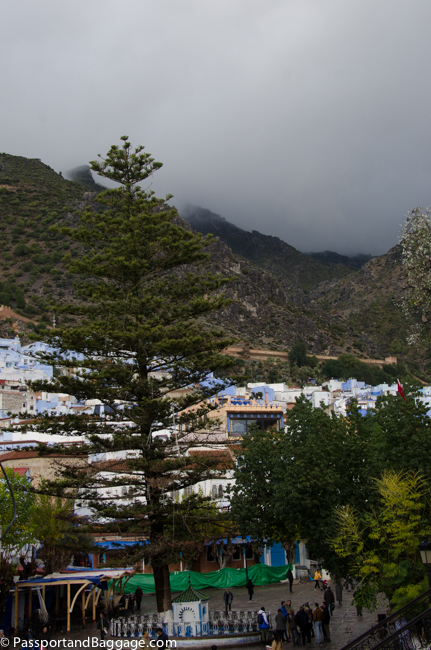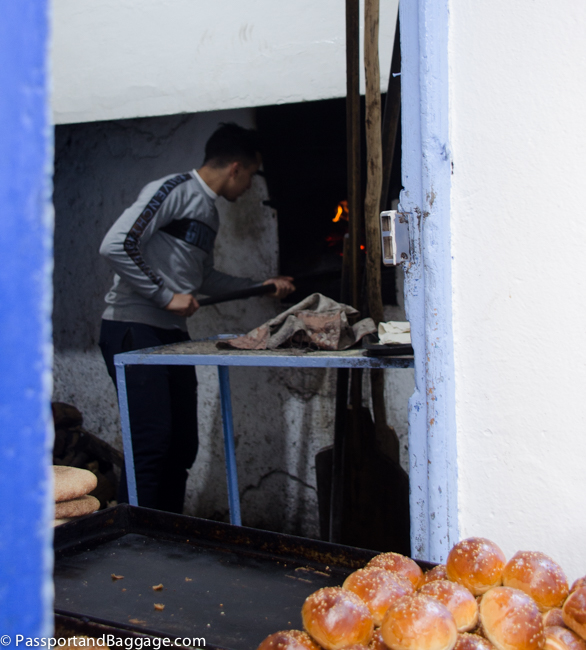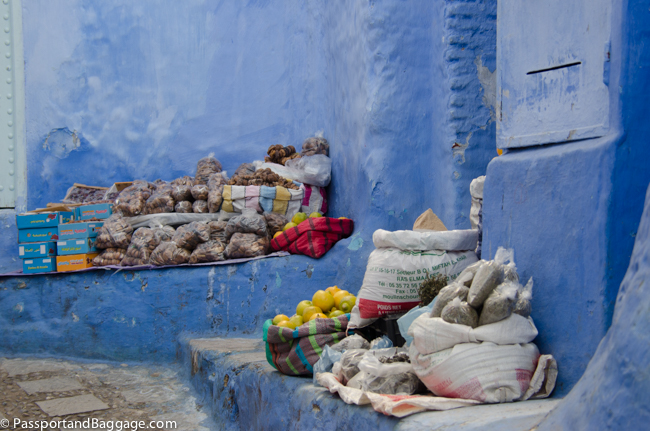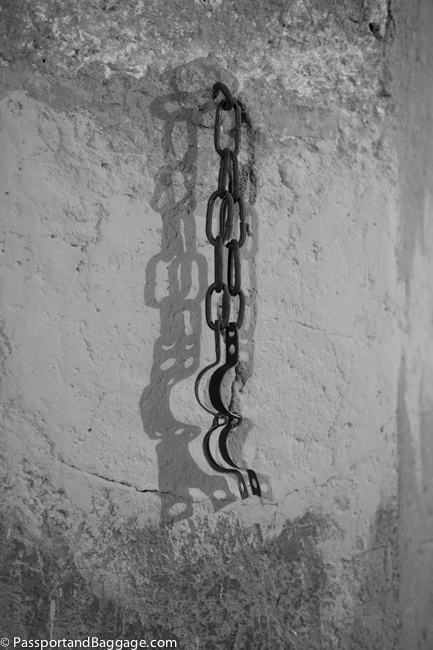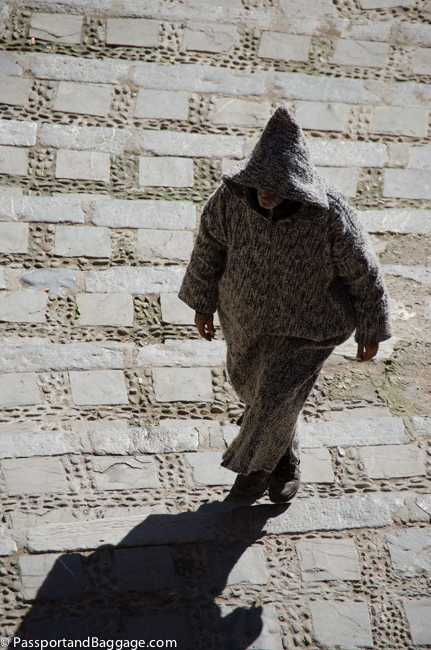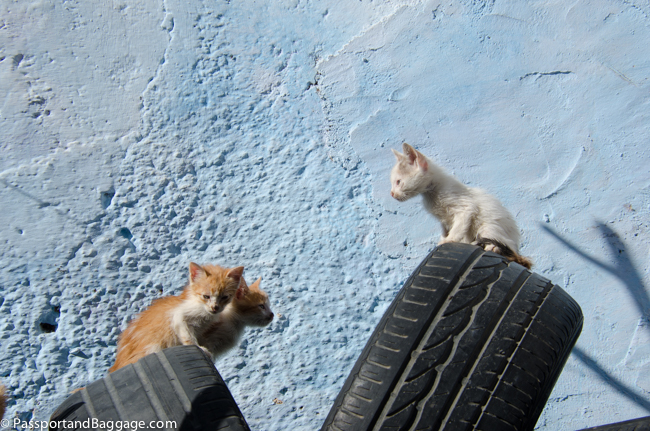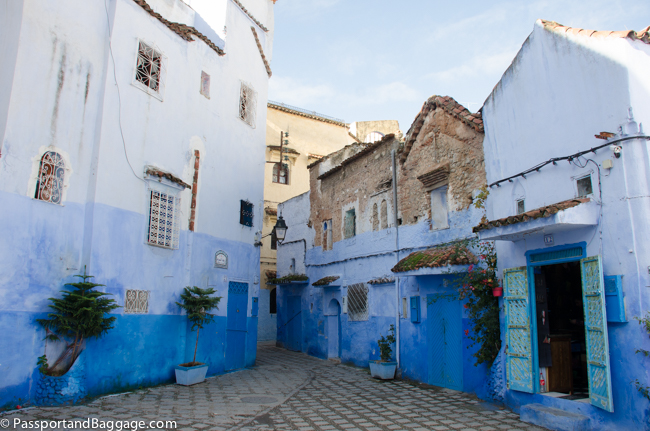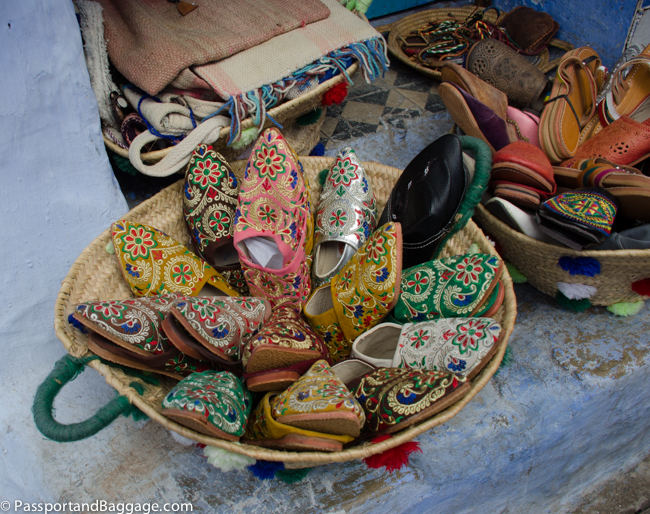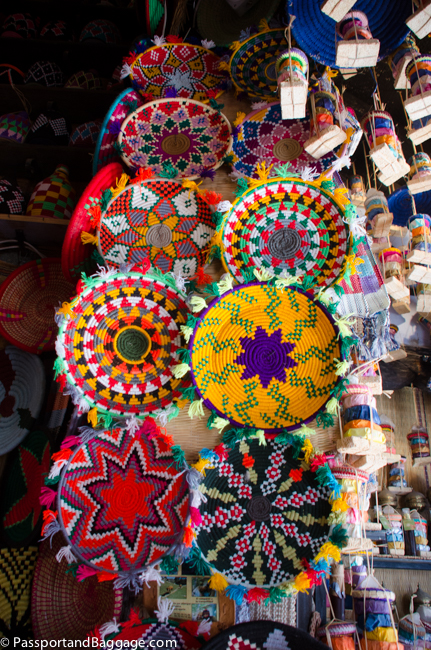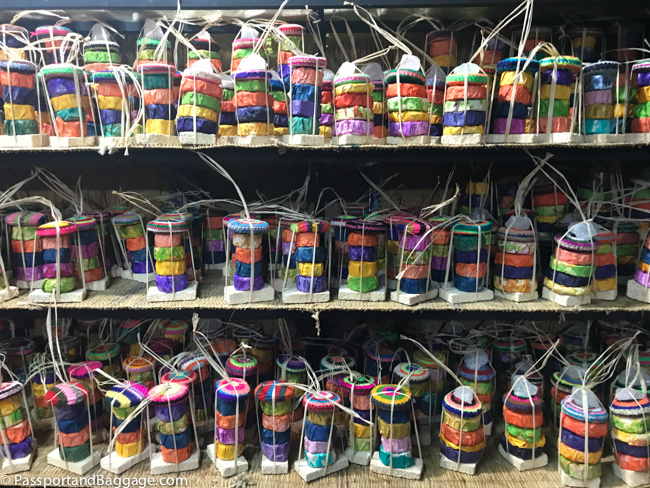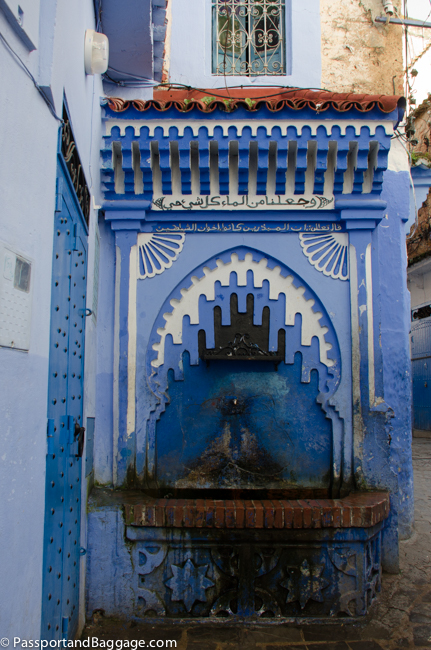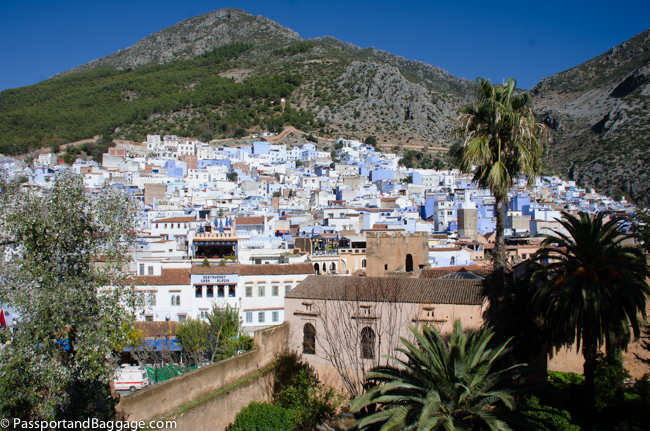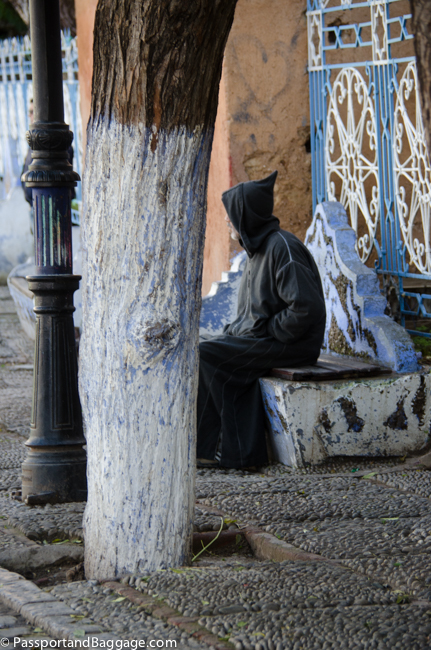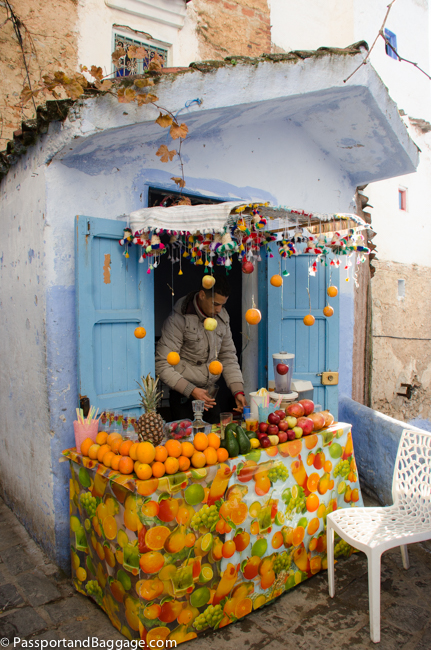December 18, 2019
Chefchaouen
This is by far the most tourist town I have seen in Morocco. There are more tourists and tourist groups in this small town than I have seen in all of my travels in Morocco put together. Yes, it is off-season, but if there are this many tourists in Chefchaouen at this time of year, I can not imagine what it is like peak or shoulder seasons.
Chefchaouen sits in the Rif mountains and was founded as a small kasbah in 1471 by Arabs. In 1920, the Spanish seized Chefchaouen to form part of Spanish Morocco.
In September 1925, in the middle of the Rif War, a rogue squadron of American volunteer pilots, including veterans of World War I, bombarded civilians in Chefchaouen. Colonel Charles Michael Sweeney had proposed the idea to French Prime Minister Paul Painlevé, who “warmly welcomed the Colonel’s request.”
The incident is horrifying and worth reading about which you can do here.
The Rif War was an armed conflict fought from 1920 to 1927 between the colonial power Spain (later joined by France) and the Berber tribes of the Rif mountains.
Despite this, the people of Chefchaouen apparently love the Americans, and everyone that approached me to be a “guide” through the medina had a relative in Arizona.
Spain returned the city after the independence of Morocco in 1956.
The Chefchaouen region is one of the main producers of cannabis in Morocco. Cannabis is not legal in Morocco, however, I found it interesting that so many articles I read about this town found it necessary to mention this fact.
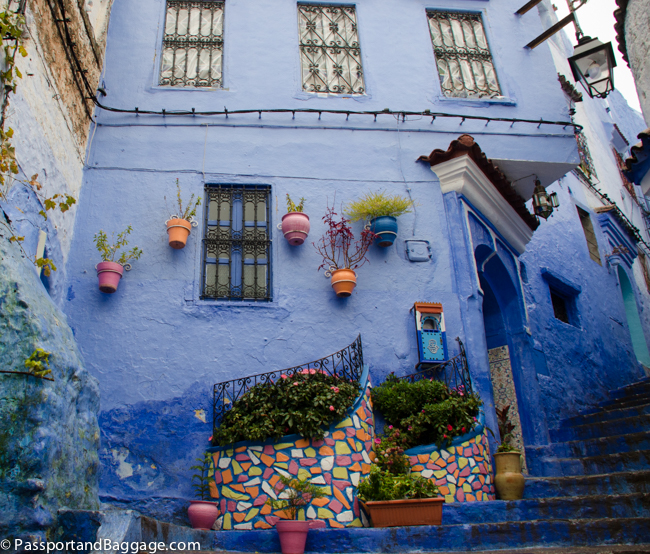 Chefchaouen is most famous for its blue walls. There are several theories as to why the walls were painted blue, one is that the blue keeps mosquitos away, another is that Jews introduced the blue when they took refuge from Hitler in the 1930s. The blue is said to symbolize the sky and heaven and serve as a reminder to lead a spiritual life. However, according to some locals, the walls were mandated to be painted blue simply to attract tourists at some point in the 1970s. Considering how many blue and white towns there are around the world, I am going to go with the last explanation.
Chefchaouen is most famous for its blue walls. There are several theories as to why the walls were painted blue, one is that the blue keeps mosquitos away, another is that Jews introduced the blue when they took refuge from Hitler in the 1930s. The blue is said to symbolize the sky and heaven and serve as a reminder to lead a spiritual life. However, according to some locals, the walls were mandated to be painted blue simply to attract tourists at some point in the 1970s. Considering how many blue and white towns there are around the world, I am going to go with the last explanation.
I also read that the walls were only painted blue halfway up the houses and the rest was left white, as the women, unable to climb ladders, did the painting. Once ladders became more prevalent the men began to paint the walls and they painted the whole house blue. In my humble opinion when you trip into the alleys with full blue painted homes, you really feel like you are on the set of a Smurf show.
Bread is a vital part of the culture of all Morocco. Women kneed their dough in the morning; flatten it into round loaves and cover it with a cotton cloth. Then, they place it onto a tray or wooden board and take it to the neighborhood baker. In Chefchaouen it was difficult to find exactly where this baker was, so I followed a woman with a tray and watched as she handed the baker her bread.
One of the things to do is tour the Moroccon-Andalusian architectural style Kasbah, which sits within the Medina walls. It was built by Sharif Moulay Ali Ben Rachid In 1471. It has thirteen towers and a prison that sends shivers down one’s spine, to imagine captives actually being forced into those conditions.
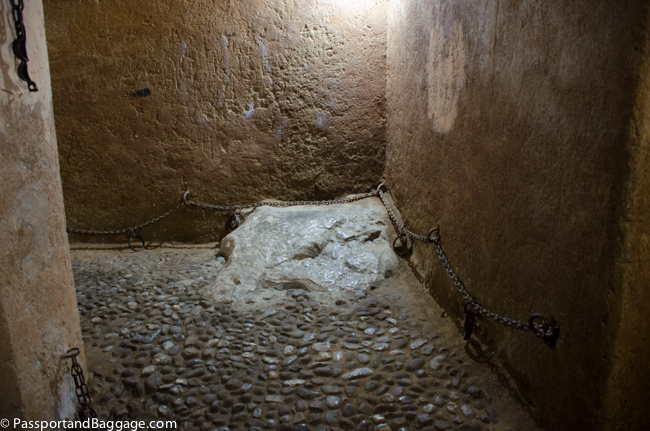
What appeared to be the most comfortable part of the prison. The small rocks are set so unevenly it is actually very hard to walk and stand in the room.
I came to Chefchaouen because everyone should spend at least one day in this quaint, tourist town. I stayed at the Lina Ryad and Spa. It is a stunning little blue and white hotel with a great spa that I gladly utilized to just wind down after 41 days on the road.
A great meal served by the family, who are adorable in their craziness is Bab Ssour.
Some sites from one of the more photographed cities of Morocco:
*
One of the more colorful shops that has the concept of display down to an art form is La Botica De La Abuela De Aladdin, it sells soaps and spices with lots of ways to make gift baskets of these items.
* *
*
